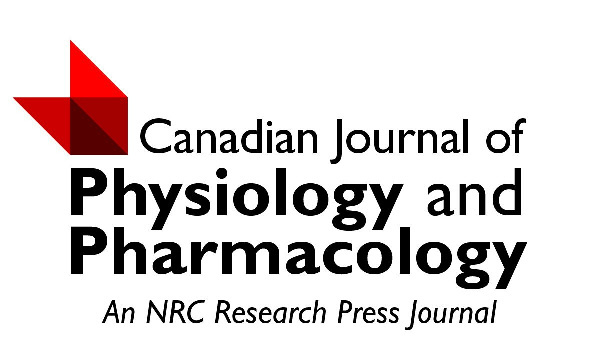
“Cancer cachexia is a multifactorial disorder characterized by weight loss and muscle wasting, and there are currently no FDA-approved medications. In the present study, upregulation of six cytokines was observed in serum samples from patients with colorectal cancer (CRC) and in mouse models. A negative correlation between the levels of the six cytokines and body mass index in CRC patients was seen. Gene Ontology analysis revealed that these cytokines were involved in regulating T cell proliferation. The infiltration of CD8+ T cells was found to be associated with muscle atrophy in mice with CRC. Adoptive transfer of CD8+ T cells isolated from CRC mice resulted in muscle wasting in recipients.
The Genotype-Tissue Expression database showed that negative correlations between the expression of cachexia markers and cannabinoid receptor 2 (CB2) in human skeletal muscle tissues. Pharmacological treatment with Δ9-tetrahydrocannabinol (Δ9-THC), a selective CB2 agonist or overexpression of CB2 attenuated CRC-associated muscle atrophy. In contrast, knockout of CB2 with a CRISPR/Cas9-based strategy or depletion of CD8+ T cells in CRC mice abolished the Δ9-THC-mediated effects.
This study demonstrates that cannabinoids ameliorate CD8+ T cell infiltration in CRC-associated skeletal muscle atrophy via a CB2-mediated pathway. Serum levels of the six-cytokine signature might serve as a potential biomarker to detect the therapeutic effects of cannabinoids in CRC-associated cachexia.”
https://pubmed.ncbi.nlm.nih.gov/36871538/
“In recent years, researchers have gradually found that marijuana, in addition to recreational use, has potential applications as a supportive therapy or palliative medicine.
In conclusion, our findings indicate that the infiltration of CD8+ T cells in skeletal muscle plays a vital role in CRC-associated muscle atrophy. Treatment with Δ9-THC or CB65 can ameliorate CRC-associated cachexia and muscle atrophy by activating CB2 in CD8+ T cells. Targeting the CB2 receptor in CD8+ T cells should be evaluated as a therapeutic option for CRC patients who develop cachexia, and the six-cytokine signature in serum might serve as a potential biomarker for the therapeutic effects of cannabinoids in CRC-associated cachexia.”
https://www.sciencedirect.com/science/article/pii/S075333222300255X?via%3Dihub






